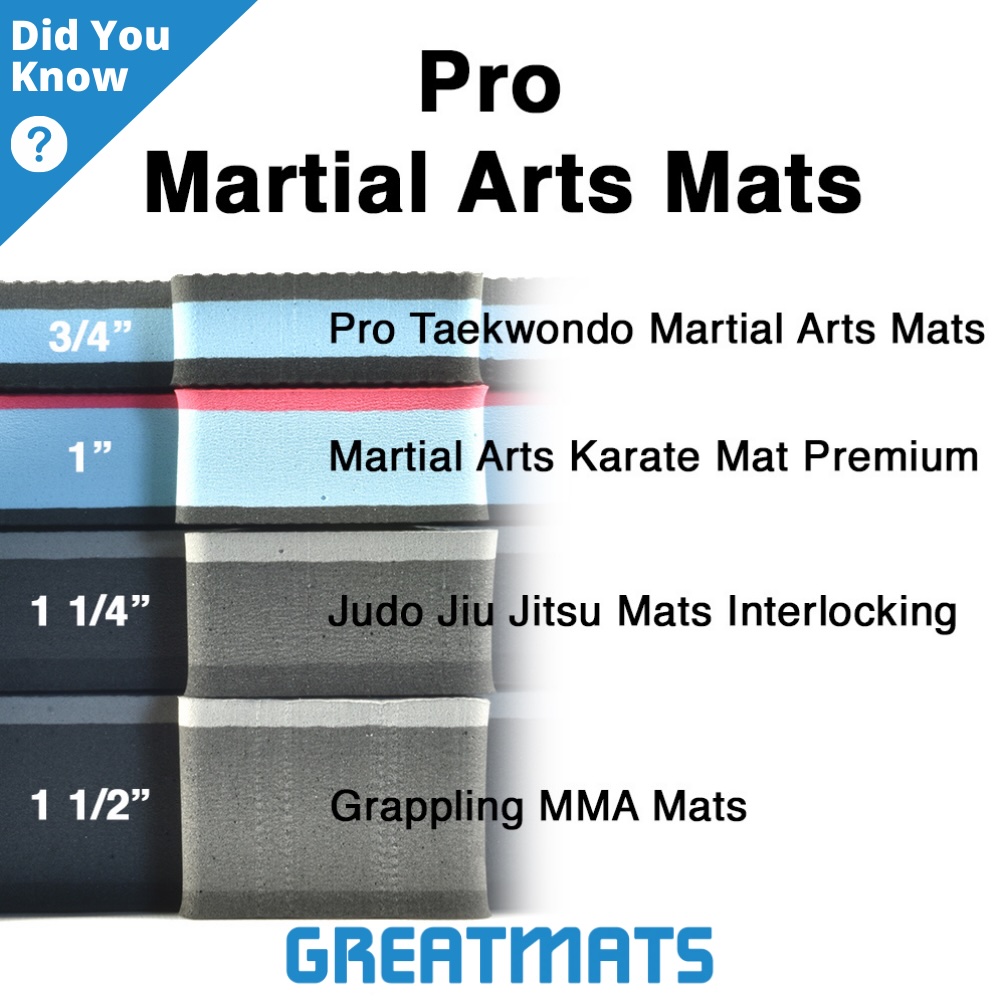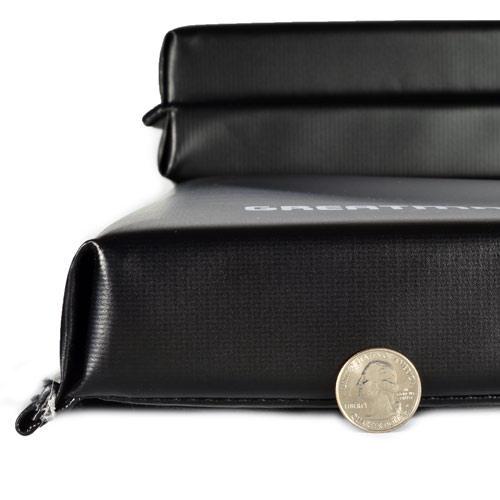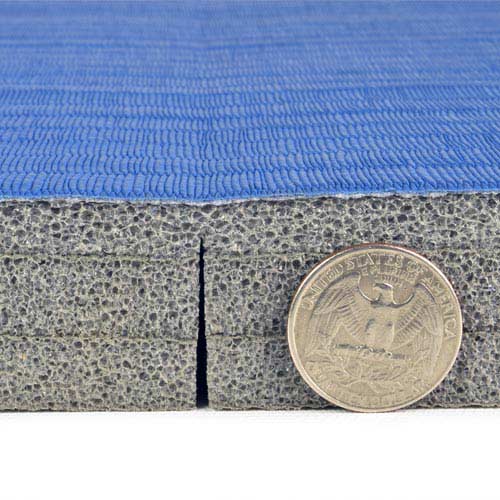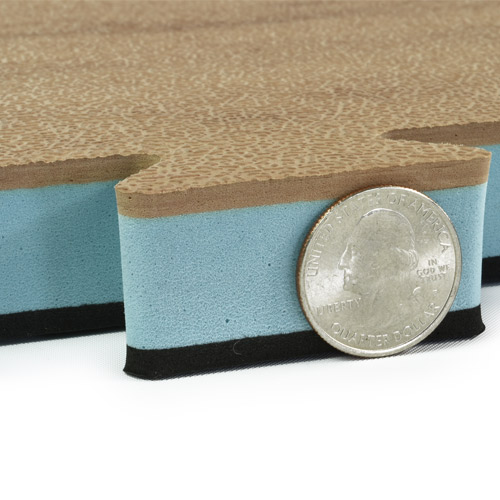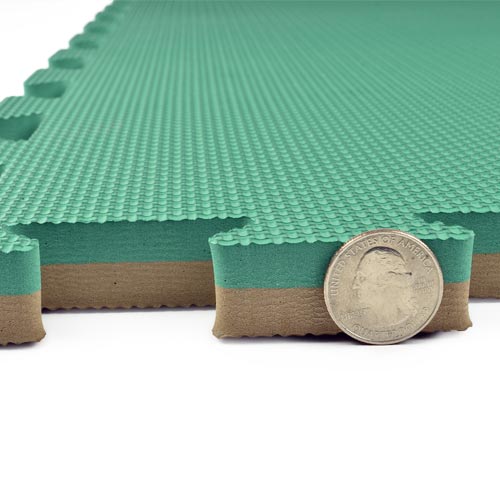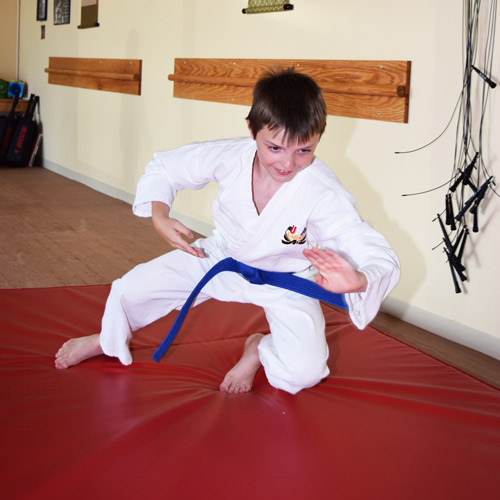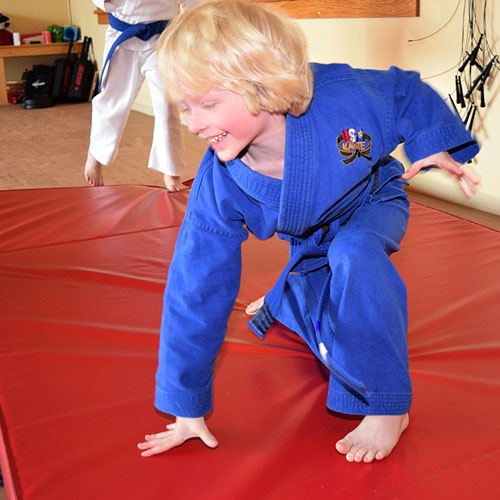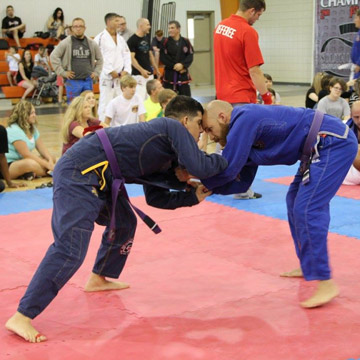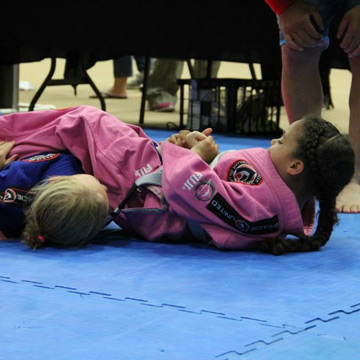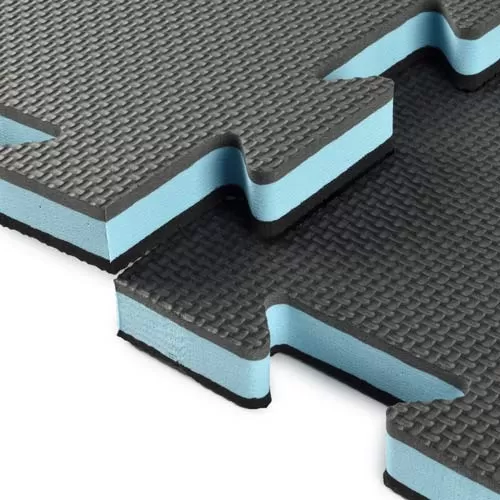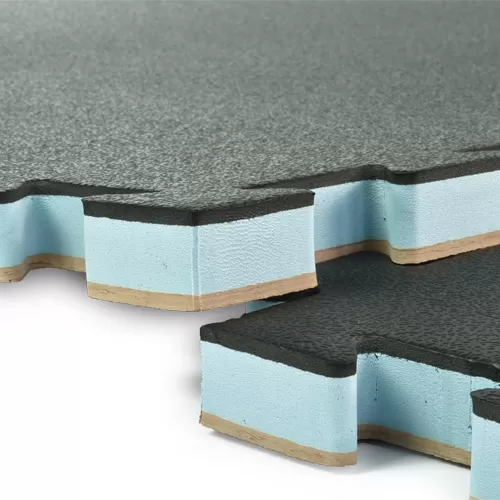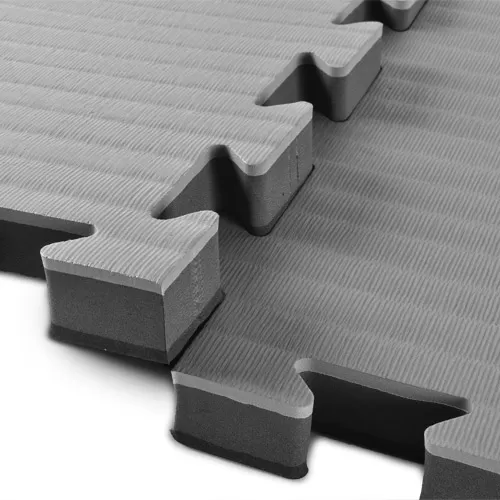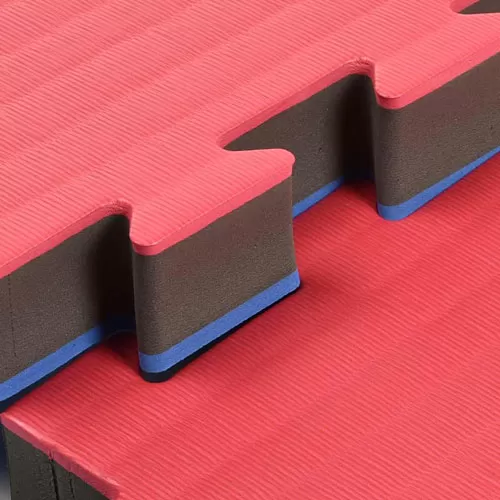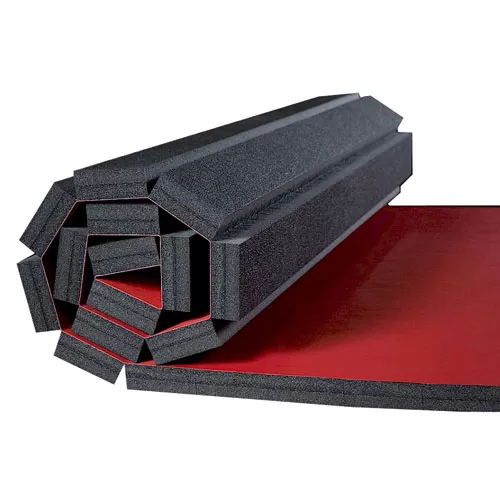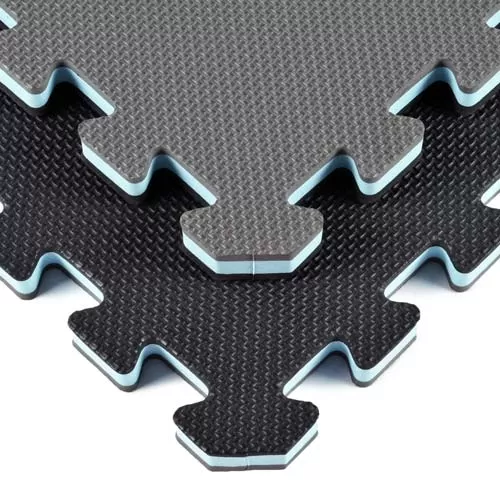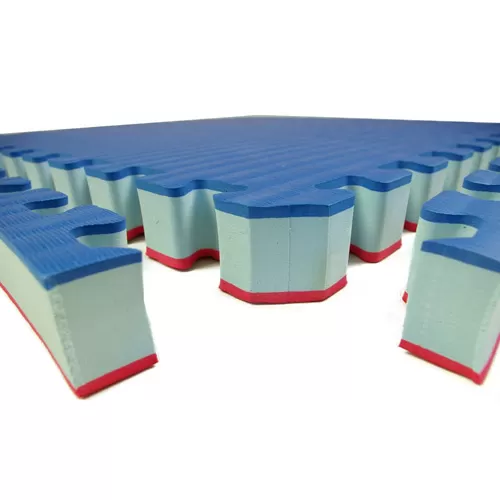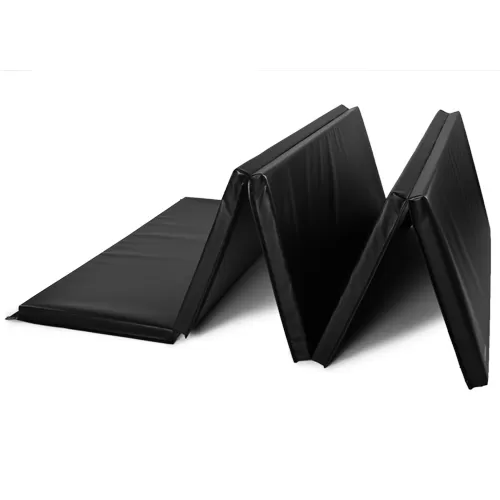Martial Arts Mats Thickness Comparisons: Karate, MMA, Judo, Grappling
Related Product: Martial Arts Karate Mat Premium 1 Inch x 1x1 Meter
The simple answer is - fall impact.
Which Martial Arts Discipline is Being Practiced?
Mats for Striking Martial Arts
Generally, unless you are knocked out, you won't be falling much when participating in Karate or Taekwondo and sometimes even Hapkido. As a rule, thicker mats are designed to absorb more impact from falls and throws.
Karate dojos and Taekwondo dojangs need flooring that will reduce impact on joints while jumping or running without impeding foot movement - as their moves are designed to be executing from a standing or upright position.
Mats for Ground Based Martial Arts
For martial arts such as BJJ, Judo and Jujitsu, the body-to-floor impact level is significantly increased during the process of takedowns and throws. For that reason, foam flooring designed for these arts can be up to twice the thickness of those intended for striking arts. In many cases, studios for the throwing arts will often use landing pads or crash pads during throw training. This adds significantly more cushion to the landing process - a helpful tool for beginners just learning to break their falls.
What Is The Best Thicknesses?
Martial Arts Puzzle Mat Thicknesses
High density foam is often the preferred material for martial arts flooring as it provides cushion without losing stability. The 1 inch thickness tends to be the crossover point between mats for striking and throwing arts.
An EVA foam jigsaw puzzle mat between 3/4 inch and 1 inch thick, can provide the necessary joint protection for Karate and Taekwondo. These high density foam martial arts mats and are less expensive than the thicker varieties and often offer more stability.
For grappling martial arts, the recommended bare minimum is 1.25 inches thick with 1.5 inches and above being preferred for shock absorption for throws.
Folding Martial Arts Mat Thicknesses
A folding martial arts gym mat is a great tool for most ground based arts as they are generally thicker than puzzle mats and are covered in a vinyl material that is easy to clean. We recommend the 2 inch thickness for most disciplines as it offers an excellent level of both stability and impact absorption. If they have connector strips on all four sides, they can be easily attached to each other to cover a large area - or then can be laid overtop of other mat systems to provide extra fall protection - similar to a crash pad.
Crash Pad Thickness
The most popular thickness for a martial arts crash mat is four inches. Since these mats are not intended for working out on, they are much softer and utilize a thicker layer of open cell foam to generate a soft landing for throw landings. They are too soft for footwork and are strictly for landing safety. It is not uncommon to find crash mats with thickness of up to 12 inches.
What Are The Best Mat Materials?
It is important that the karate mat and other martial arts flooring be made of closed cell foam which will not absorb moisture - or covered in a high quality vinyl - and is easy to clean and disinfect. Most foam martial arts mats of this kind comes in interlocking, puzzle style tiles. They are lightweight, easy to install, and easy to remove. Often times they are also reversible. Professional dojo puzzle mats will be 1x1 meter in size while the home varieties generally have 2x2 foot dimensions.Note: Should an interlocking martial arts mat become damaged at a seam (example: missing a tooth), this tile should be replaced, if the flooring is used for barefoot training. Toes can slip into these holes and become trapped during spins. This is generally not a concern for permanent installations. Traveling martial arts mat systems are more likely to experience this due to treatment during shipping.
